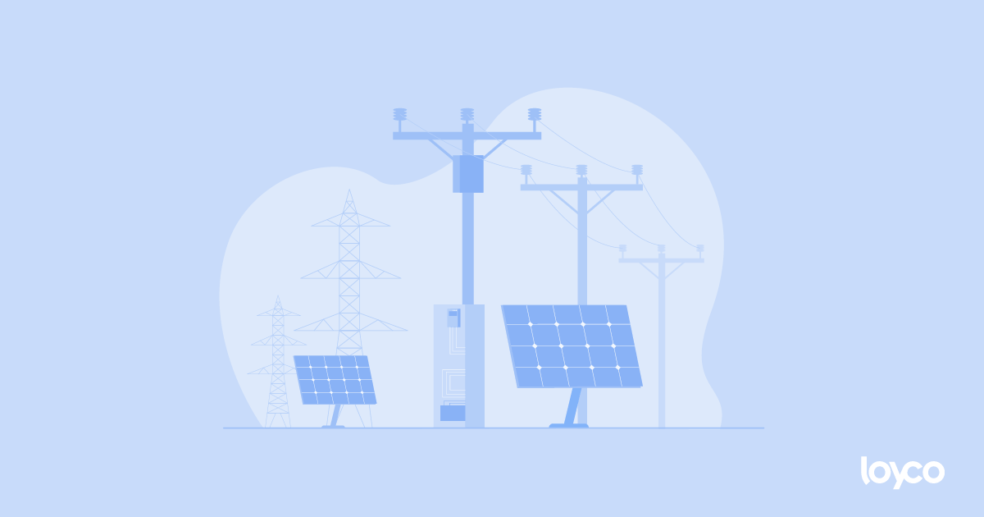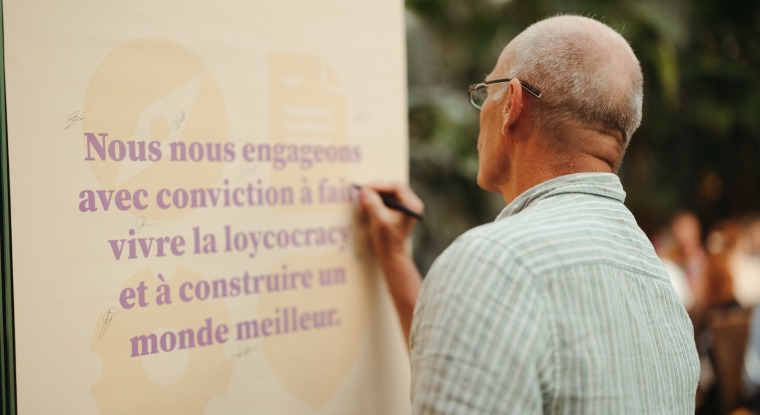
Electricity shortage: emerging risk or scaremongering?
In a resounding video published in September 2021, Federal Councillor Guy Parmelin spoke of the possibility of an upcoming electricity shortage in Switzerland and its consequences. But what is the real risk? Our risk managementspecialist, Grégoire Mottier, offers you an overview of the subject.
Is this potential electricity shortage an emerging risk for all organisations in the country? We tried to find out more, in particular by informally contacting two Distribution System Operators (DSOs) in French-speaking Switzerland. Their answers are not yet 100% definitive, but already enlightening enough.
The measures in place today
In order to anticipate a possible shortage, an organisation for the supply of electricity in the event of a crisis has been set up. The latter, called OSTRAL, becomes active in the event of a power shortage by order of the national economic supply (NES). Its purpose is to anticipate a potential shortage and to encourage organisations to manage a possible blackout.
The preparatory measures consist of three axes:
- A call to save electricity in general (this is optional and obviously appeals to common sense);
- Consumption restrictions prohibiting energy-intensive installations (e.g. advertising lighting);
- A quota (programmed rationing).
This last measure is aimed at what could be called “large consumers”, whose annual consumption exceeds 100,000 kWh. By way of comparison, a household with a 4-room apartment consumes 4,500 kWh per year! At first sight, the quota measures could be ordered by a DSO, with a calculation over a reference period, based on consumption during the same period for the previous year.
To date, we are not aware of any legal provisions providing for sanctions in the event of non-compliance with quota measures by large consumers. Finally, and in the event of failure of the economy and quota measures, network load shedding (cuts) could be applied for a few hours as a last resort. It would be operated by sectors and service areas.
For organisations with critical facilities
Organisations with critical installations, such as hospitals, are encouraged to establish a hierarchy of criticality for their activities dependent on the supply of electricity, as well as an appropriate action plan (classification, emergency generators, etc.). In industry, for example, the production steps must be dissected in order to manage the interruption of critical processes, with the aim of minimising the impacts of possible load shedding.
Is load shedding by 2025 realistic?
Next comes the 1 million dollar question we posed to two players among our DSO contacts: “Do you think load shedding could actually happen as early as 2025 and beyond?”. The answers diverge and range from “I would be surprised” to “Yes, certainly, and in a scenario involving several European countries”. Opinions are also divided when we discuss the consequences of a probable electrification of the entire vehicle fleet in Switzerland in the years to come.
To conclude and more specifically in terms of Risk Management: yes, an electricity shortage with possible power outages lasting several hours cannot be ruled out in Switzerland in the coming years. From a simple citizen point of view and as a preventive measure, all organisations should implement savings efforts, and do so without delay. It is important today to include this subject in the risk management systems of organisations, to set up reduction measures now and to monitor their implementation in the following years.
Good luck, and don’t forget to turn off the light!
Resources
Watch the videoby Federal Councillor Guy Parmelin, Werner Meier and Michael Frank about the electricity shortage in Switzerland.

















